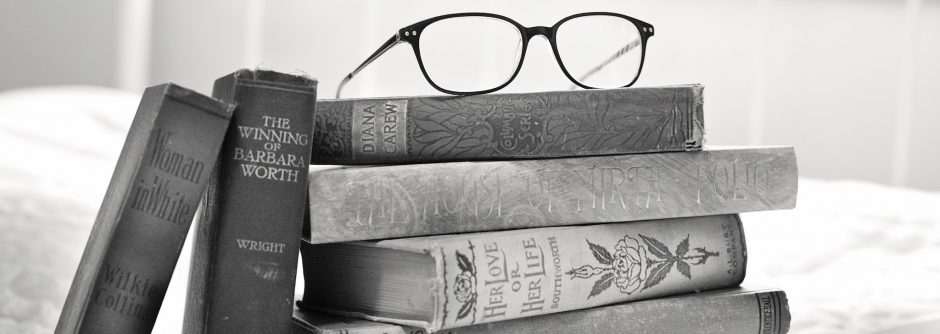Romantic Country: A Fantasy Coloring Book
By: Eriy
Rating: 5 of 5
Romantic Country is the imaginary country that artist Eriy created in her childhood. Based on these designs, it is a charming and whimsical land to visit. The artist named this land Cocot.
What is interesting about the designs is the back story on how the artist created them. Apparently, these were the first ink studies she had done and while she remembered to buy ink, she forgot to buy a pen! Being resourceful, she used what was on hand a toothpick. Approximately 700 toothpicks were used to create the designs in the book. The unusual drawing tool gives the lines in the book a faded appearance and provides lines that vary in thickness. These add to the charm of the designs rather than detract from them.
The artist tells the story about the town at the front of the book and then follows up with a detailed description the subject matter of each design at the back of the book. The fantasy land (and the book) are separated by their areas. There are several maps and five chapters. In all, the story adds an event more delightful layer to the coloring book. It makes it a story book of coloring designs rather than simply a coloring book.
The book has a removable dust cover. While there are no elements to color on the inside of the dust cover (a missed opportunity), there are areas to color on the actual brown cover which is attached to the book. The designs are printed on both sides of non-perforated cream colored paper. The ink tones seem almost sepia in nature but it may be because of the toothpick tool.
The binding of the book is sewn rather than glued, so you can remove a few pages at a time by snipping a few threads. Eleven of the designs spread across two pages and, in my book, align very well. Fifty-eight designs are printed on one page. Many of the designs merge into the binding but if you remove pages by snipping threads, you should be able to remove them without loss of any of the design. I was able to get the book to lay flat by breaking the spine. There is a bonus fold-out poster included at the back of the book. My copy was fairly bent up. It appears to have been done in manufacturing as the cover of my book and the package it arrived in was pristine.
I tested this coloring book with a wide range of coloring medium (though, I must admit, I did not try a toothpick!) Here are the results of my tests and a listing of the coloring medium I used in testing:
All of my alcohol-based markers bled through the page immediately. My water-based markers and my India ink artist pens left shadows of color on the backside of the page. My gel pens did not bleed through but required a little extra drying time than ordinary. My coloring pencils worked exceptionally well with this paper. The soft lead pencils went on thick and creamy with little effort. They blended exceptionally well. My hard lead pencils went on distinctly and did not leave indents on the back of the page. I plan to use primarily coloring pencils and some gel pens with this coloring book. If you use any form of ink, be sure to use a blotter page below the page you are working on. The ink will certainly mar the design on the back of the page but the blotter page will keep the ink from seeping further into the book.
These are the coloring medium that I use for testing. If there is something else you feel I should be testing, please let me know and I will see if I can add it to my growing pile:
Markers: 1) alcohol-based Copic Sketch, Prismacolor double ended markers (brush and fine point), Sharpies (fine and ultra-fine) Bic Mark-its (fine and ultra-fine) and 2) water-based Tombows dual end markers (brush and fine point), Stabilo 88, and Staedler triplus fineliners
India Ink: Faber-Castell PITT artist pens (brush tip)
Gel Pens: Sakura, Fiskars, Uni-ball Signo in the following sizes – 0.28/0.38/0.5/1.0 and Tekwriter
Coloring Pencils: Prismacolor Premier Soft Core, Derwent Colorsoft, Prismacolor Verithins, Caran D’Ache Pablo Colored Pencils and Faber-Castell Polychromos
